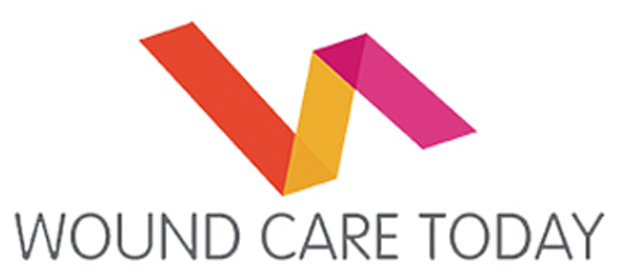14 October 2020
A Facebook Live Question Time event was held in February 2020 to facilitate discussion among stakeholders of the future of wound care services in England, which is summarised here.
More details21 February 2020
Alison Hopkins MBE questions why, as a profession, nurses are allowing the normalisation of non-healing leg ulcers, and why proven treatments are still not being used to maximum effect.
More details26 February 2019
Welcome to Wound Care Today; your new digital journal for all things wound care.
More details24 February 2020
Welcome to Wound Care Today; the place for you to share your successes and concerns and learn about what is happening in wound care, globally, nationally, locally, politically and clinically.
More details01 March 2023
A specialist wound telehealth service was established to deliver equitable service with parity of access to wound care for all residents of 38 nursing homes in Sussex with wounds of any type (n=579). All patients were managed using a systematic telehealth approach that combined digital and in-patient consultations according to established protocols and care pathways. Data for a three-year period was analysed by hand to determine patient demographics, wound type and discharge outcomes for all patients with wounds. The results showed that the mean age of patients was 86 years, with the majority being female (80% healed and 66% deceased). Referral outcomes were referred onwards (n=92), healed (n=234) or deceased (n=253). The most prevalent wound type was pressure ulceration in both healed and deceased patient groups (60% and 59%, respectively), followed by lower limb wounds (20% and 26%, respectively). Mean time to healing or death were 103 days versus 86 days, respectively. The authors concluded that the collaborative use of a specialist wound telehealth service ensured that all residents received prompt, evidence-based wound care. Healing was achieved in this vulnerable patient population, despite the existence of numerous barriers to healing. Patients nearing end of life with a wound received palliative wound management. The time to healing in this group cannot be commented upon due to lack of comparative studies in this patient population.
More details26 February 2019
Writing for publication is now unavoidable for healthcare professionals who want to progress their career. However, it can feel like a daunting process on top of the demands of the day job and home life. This first part of our writing for publication series, provides guidance on what you need to do before you even begin to write.
More details22 October 2019
As a clinician, it is important that you are aware of all the latest new products that have the potential to improve outcomes for you and your patients. Each month, WCT will highlight a product that is new, improved or innovative to keep you up-to-date with what is available. This month, we focus on eKare inSight®, a unique and easy to use wound management platform that enables standardised, accurate wound assessment at the point of care. In addition, inSight® allows the sharing of real-time data and the generation of reports, giving it a valuable role in telehealth and improving efficiency in wound care services.
More details31 May 2023
As a clinician, it is important that you are aware of all the latest new products that have the potential to improve outcomes for you and your patients. Each month, Wound Care Today will highlight a product that is new, improved or innovative to keep you up to date with what is available. This month, we focus on eKare inSight®, a unique and easy to use Wound Management Digital System (WMDS) that transforms a smartphone into a medical device enabling standardised, accurate wound assessment at the point of care.
More details